Home>Gardening & Outdoor>Plant Care & Gardening Tips>When Should I Plant Native Milkweed In California
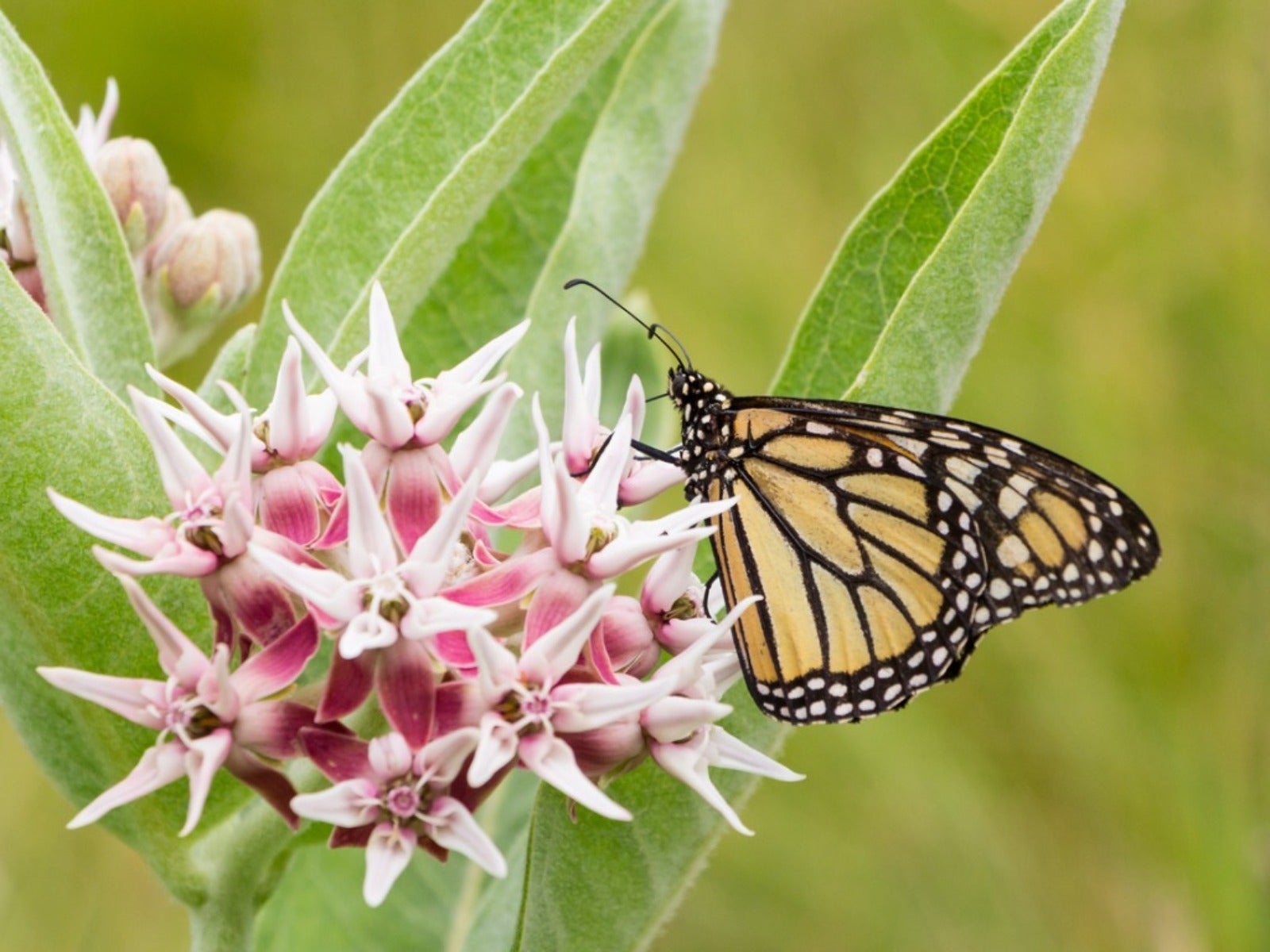

Plant Care & Gardening Tips
When Should I Plant Native Milkweed In California
Published: December 25, 2023
Discover the best time to plant native milkweed in California with expert plant care and gardening tips. Ensure successful growth with our essential advice.
(Many of the links in this article redirect to a specific reviewed product. Your purchase of these products through affiliate links helps to generate commission for Storables.com, at no extra cost. Learn more)
**
Introduction
**
Welcome to the enchanting world of gardening in California, where the vibrant and diverse ecosystem provides an ideal setting for nurturing native plant species. Among these, native milkweed holds a special place due to its essential role in supporting local wildlife, particularly the captivating monarch butterflies. In this article, we will delve into the captivating realm of native milkweed and explore the optimal timing for planting this invaluable flora in California.
As a passionate gardener or nature enthusiast, you may be eager to contribute to the preservation of local biodiversity. By understanding the native milkweed species in California and the best practices for planting them, you can actively participate in creating a flourishing habitat for monarch butterflies and other pollinators. Let's embark on this horticultural journey, discovering the beauty and significance of native milkweed in the Golden State.
**
Key Takeaways:
- Plant native milkweed in California during fall to early winter to support monarch butterflies and local biodiversity.
- Consider local climate, soil quality, sunlight, and maintenance before planting native milkweed for a thriving habitat.
Read more: When To Plant California Native Plants
Understanding the Native Milkweed Species in California
**
California is home to a rich tapestry of native milkweed species, each with its unique characteristics and ecological significance. Among the most prominent species are the showy milkweed (Asclepias speciosa), narrowleaf milkweed (Asclepias fascicularis), and the California milkweed (Asclepias californica). These indigenous plants play a pivotal role in the state’s delicate ecosystem, serving as vital hosts for monarch butterflies and other pollinators.
The showy milkweed, known for its striking pink to purple flowers and broad leaves, thrives in a variety of habitats, from coastal bluffs to mountain meadows. Its resilience and ornamental appeal make it a popular choice for gardeners seeking to support local wildlife while adding visual allure to their landscapes.
On the other hand, the narrowleaf milkweed, characterized by its slender, elongated leaves and clusters of delicate white to pink flowers, is well-adapted to the arid regions of California. This resilient species provides essential sustenance for monarch caterpillars and is a beloved sight in the state’s diverse natural landscapes.
Lastly, the California milkweed, with its velvety gray-green foliage and clusters of pale pink flowers, thrives in the coastal sage scrub and chaparral regions. Its aromatic blooms and capacity to attract a myriad of pollinators make it a cherished component of California’s native flora.
Understanding the distinct traits and habitats of these native milkweed species is crucial for successful cultivation and the promotion of local biodiversity. By embracing the unique attributes of each species, you can create a thriving sanctuary for monarch butterflies and contribute to the preservation of California’s natural heritage.
**
Best Time to Plant Native Milkweed in California
**
Choosing the optimal time to plant native milkweed in California is paramount to ensuring its successful establishment and fostering a welcoming environment for monarch butterflies and other pollinators. The Golden State’s diverse climates and microclimates necessitate a nuanced approach to timing, taking into account the specific needs of each native milkweed species.
For the showy milkweed, the ideal window for planting in California spans from fall to early winter. This timeframe allows the plants to acclimate to their new surroundings and develop robust root systems before the onset of spring. By planting showy milkweed during this period, you provide it with ample time to establish itself and prepare for the arrival of monarch butterflies seeking nectar and host plants for their eggs.
Conversely, the narrowleaf milkweed thrives when planted in late fall to early winter, aligning with the showy milkweed’s preferred timeframe. This cool-season planting strategy enables the narrowleaf milkweed to capitalize on the region’s winter rains, fostering optimal growth and resilience as it prepares to support monarch butterflies during their breeding and migration cycles.
When it comes to the California milkweed, planting in late fall offers an advantageous start for this resilient species. By harnessing the moisture from winter rains and cooler temperatures, the California milkweed can establish itself before the arrival of monarch butterflies, ensuring a bountiful supply of nectar and host plants for their offspring.
By synchronizing the planting of native milkweed species with the seasonal rhythms of California’s climate, you can set the stage for a thriving habitat that supports the intricate life cycles of monarch butterflies and enhances the ecological vibrancy of your local environment.
**
Plant native milkweed in California in the fall, between October and November, to give the plants time to establish before the monarch butterflies arrive in the spring.
Factors to Consider Before Planting Native Milkweed
**
Before embarking on the rewarding journey of planting native milkweed in California, it is essential to consider several key factors that can significantly impact the success of your endeavor. By carefully evaluating these elements, you can create an environment that is conducive to the flourishing of native milkweed species and the enchanting monarch butterflies that rely on them for sustenance and reproduction.
1. Local Climate and Microclimates:
California’s diverse climates and microclimates influence the suitability of specific native milkweed species for your region. Research the native milkweed species that are indigenous to your area and select those best adapted to your local climate and soil conditions. By aligning your choices with the natural attributes of your region, you can optimize the chances of successful growth and monarch butterfly attraction.
2. Soil Quality and Drainage:
Assess the soil quality and drainage characteristics of your planting site to ensure that it aligns with the preferences of native milkweed species. Most native milkweed species thrive in well-draining soil, so it is crucial to address any drainage issues and amend the soil as needed to create an optimal growing environment. Conducting a soil test can provide valuable insights into the composition and pH levels, guiding you in making informed decisions for successful plant establishment.
3. Sunlight and Shelter:
Consider the sunlight exposure and shelter available at your chosen planting site. Native milkweed species typically require ample sunlight to thrive, so selecting a location with adequate sun exposure is essential. Additionally, providing some shelter from strong winds can help protect the plants and create a more hospitable environment for monarch butterflies to visit and lay their eggs.
4. Watering and Maintenance:
Develop a watering and maintenance plan tailored to the specific needs of native milkweed species. While these plants are resilient once established, they benefit from consistent moisture during their initial growth stages. Consider the watering requirements of the chosen native milkweed species and incorporate a maintenance schedule that includes weed control and periodic inspections for pests or diseases.
5. Monarch Butterfly Habitat:
Deliberately design your planting area to serve as a welcoming habitat for monarch butterflies throughout their life cycles. Incorporate a variety of native milkweed species to provide diverse nectar sources and host plants for monarch caterpillars. By fostering a supportive habitat, you can contribute to the conservation of these iconic butterflies while enjoying the beauty they bring to your garden.
By thoughtfully considering these factors before planting native milkweed, you can lay a solid foundation for a thriving and sustainable habitat that celebrates California’s native flora and the captivating monarch butterflies that rely on it.
**
Benefits of Planting Native Milkweed in California
**
Embracing the cultivation of native milkweed in California yields a multitude of benefits that extend beyond the boundaries of your garden. By nurturing these indigenous plants, you actively contribute to the preservation of local ecosystems and the conservation of iconic species such as the monarch butterfly. Let’s explore the invaluable advantages of planting native milkweed and the profound impact it can have on the natural world.
1. Nurturing Monarch Butterfly Populations:
Native milkweed serves as the primary host plant for monarch butterflies, providing essential sustenance for their caterpillars and supporting the butterflies throughout their life cycles. By planting native milkweed, you create a vital haven for monarch butterflies, bolstering their populations and contributing to their conservation efforts in California.
2. Supporting Pollinators and Biodiversity:
Native milkweed species are renowned for their ability to attract a diverse array of pollinators, including bees, butterflies, and hummingbirds. By incorporating these plants into your landscape, you foster a thriving habitat that sustains local pollinator populations and enhances the overall biodiversity of your surroundings.
3. Enhancing Ecological Resilience:
By planting native milkweed, you actively participate in fortifying the ecological resilience of California’s natural landscapes. These indigenous plants play a crucial role in stabilizing ecosystems, promoting soil health, and supporting a myriad of wildlife species, thereby contributing to the overall health and balance of the environment.
4. Beautifying the Landscape:
Native milkweed species, with their captivating blooms and distinctive foliage, add an enchanting aesthetic dimension to your garden and local environment. Their ornamental appeal enhances the visual allure of outdoor spaces while creating a welcoming setting for both wildlife and human admirers.
5. Educational Opportunities:
By cultivating native milkweed and observing the enchanting interactions it fosters with monarch butterflies and other pollinators, you open doors to educational experiences for yourself and others. These plants provide valuable insights into the interconnectedness of nature and offer engaging learning opportunities for individuals of all ages.
By recognizing and embracing the myriad benefits of planting native milkweed in California, you actively contribute to the preservation of local ecosystems, the conservation of iconic species, and the creation of thriving, biodiverse landscapes that inspire and nurture both wildlife and human inhabitants.
**
Read more: What Is A Native Plant In California
Conclusion
**
As we conclude our exploration of planting native milkweed in California, it is evident that these indigenous plants hold profound significance in nurturing local biodiversity and supporting iconic species such as the monarch butterfly. By understanding the unique traits of native milkweed species, aligning with optimal planting times, and considering essential factors for successful cultivation, you can create a flourishing habitat that celebrates the natural heritage of the Golden State.
Planting native milkweed transcends the boundaries of traditional gardening, offering an opportunity to actively contribute to the preservation of delicate ecosystems and the conservation of charismatic pollinators. The enchanting allure of native milkweed blooms and the captivating dance of monarch butterflies serve as poignant reminders of the interconnectedness of nature and the vital role each individual can play in fostering ecological resilience.
As you embark on your journey of planting native milkweed in California, may you find joy in witnessing the transformative impact of these indigenous plants on your local environment. Whether it’s the sight of monarch butterflies gracefully flitting among the blooms or the hum of busy pollinators partaking in nature’s bounty, each moment serves as a testament to the profound beauty and significance of native milkweed.
By embracing the cultivation of native milkweed, you not only create a vibrant haven for wildlife but also cultivate a deeper connection to the natural world, fostering a sense of stewardship and reverence for the intricate tapestry of life that thrives in California’s diverse landscapes.
Let the timeless allure of native milkweed and the enduring legacy of the monarch butterfly inspire you to continue nurturing and celebrating the wondrous biodiversity that graces the Golden State. Through your efforts, you become a guardian of nature, sowing the seeds of a more harmonious and vibrant world for generations to come.
Frequently Asked Questions about When Should I Plant Native Milkweed In California
Was this page helpful?
At Storables.com, we guarantee accurate and reliable information. Our content, validated by Expert Board Contributors, is crafted following stringent Editorial Policies. We're committed to providing you with well-researched, expert-backed insights for all your informational needs.
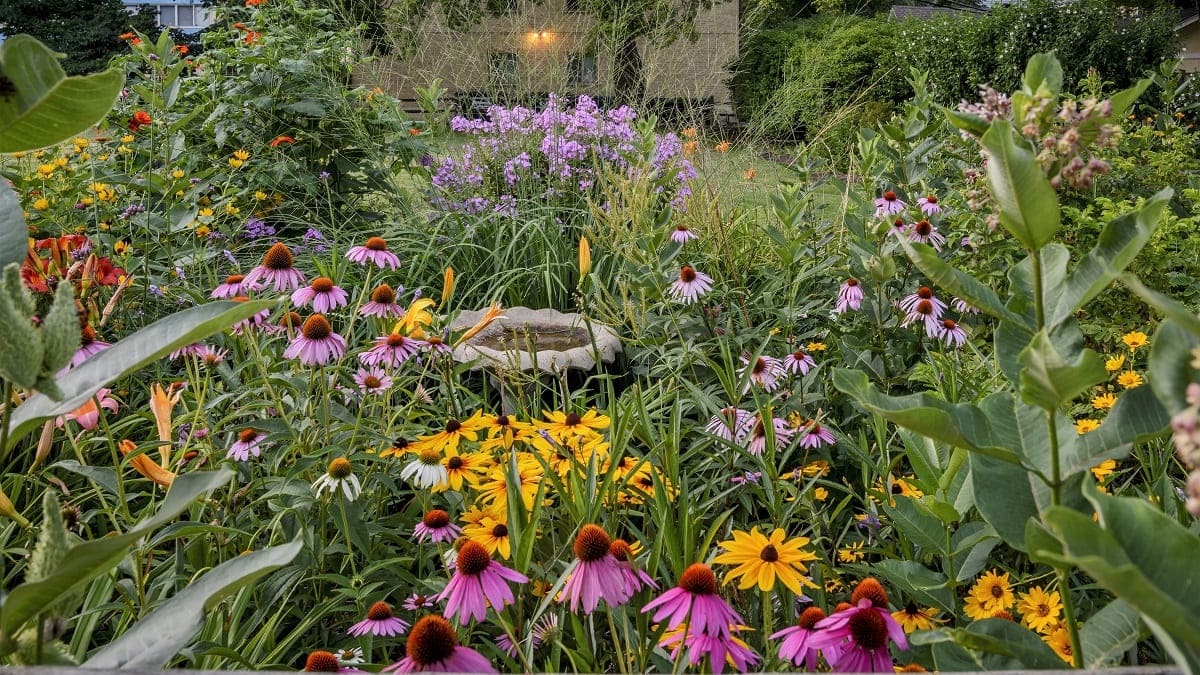
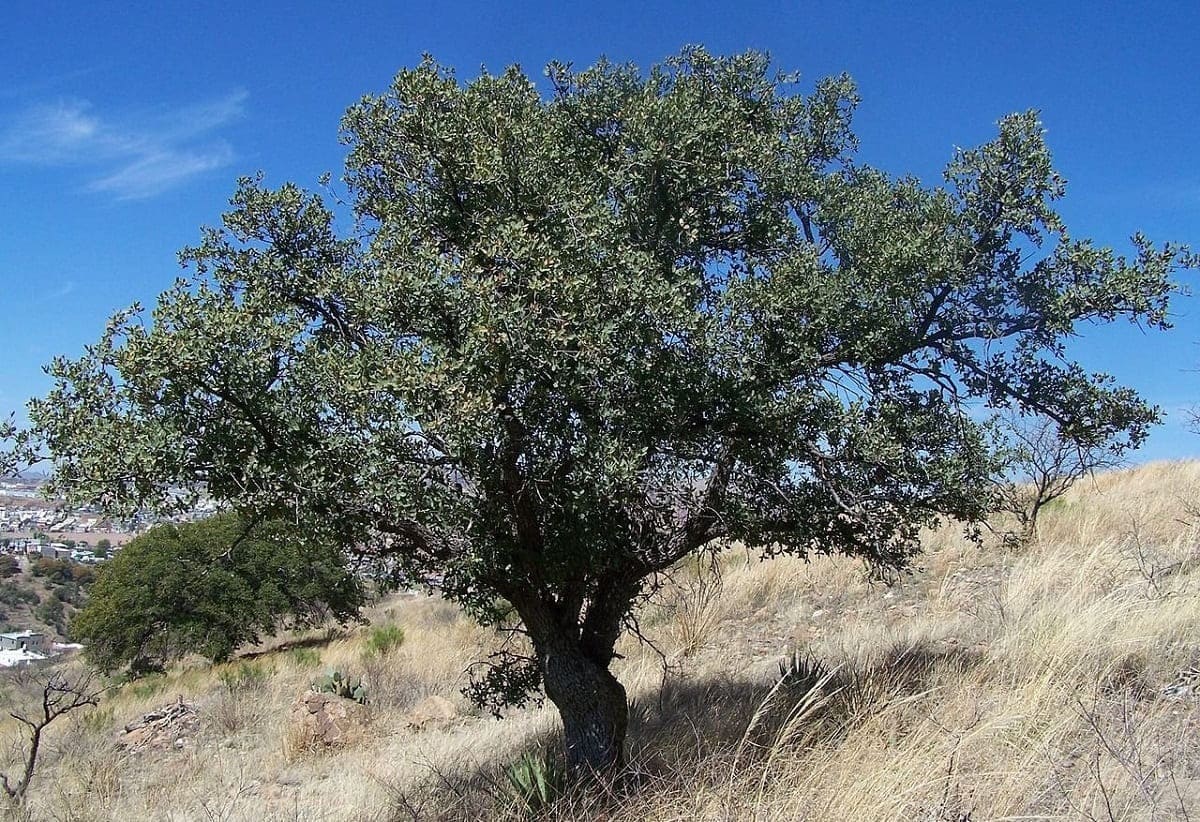
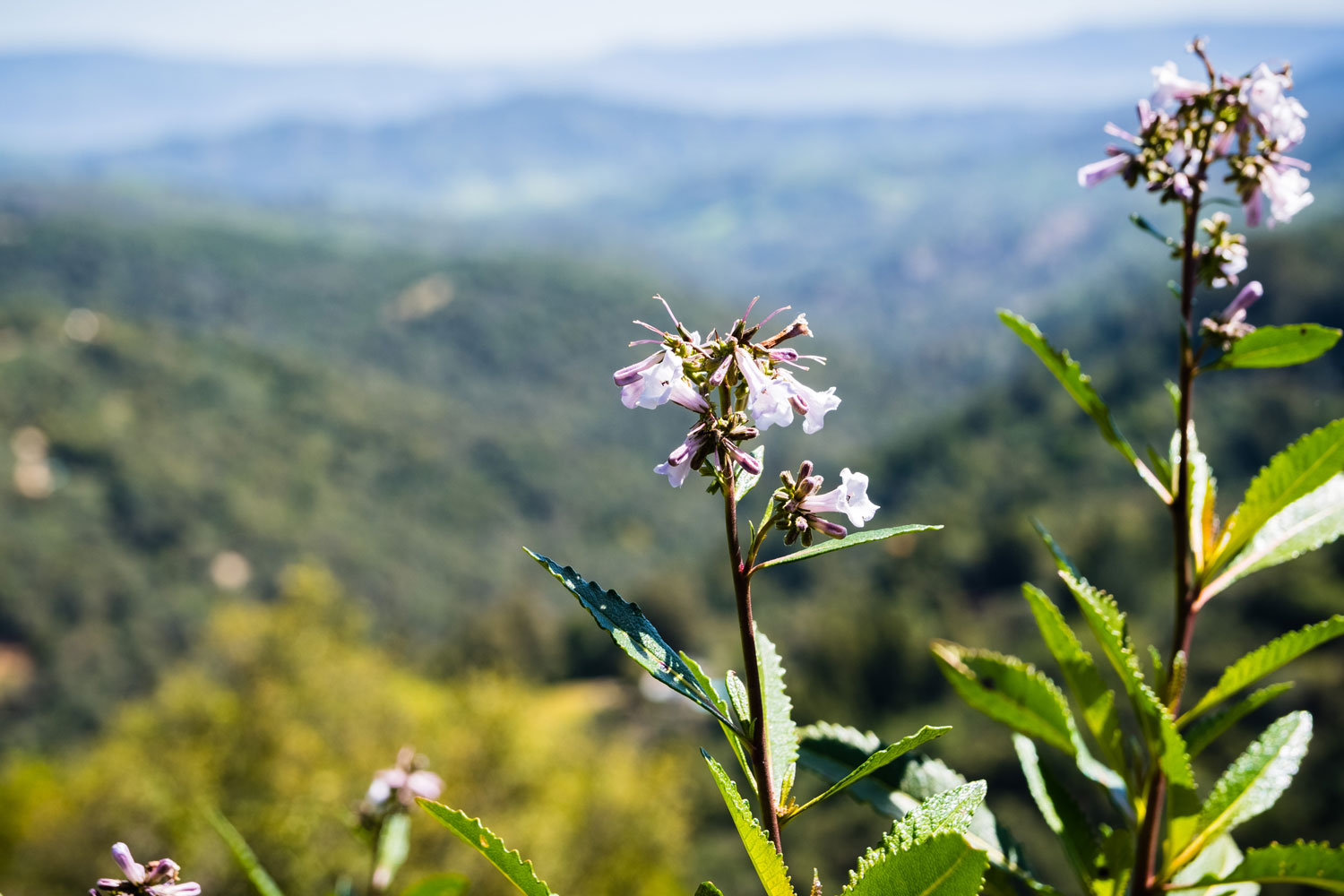
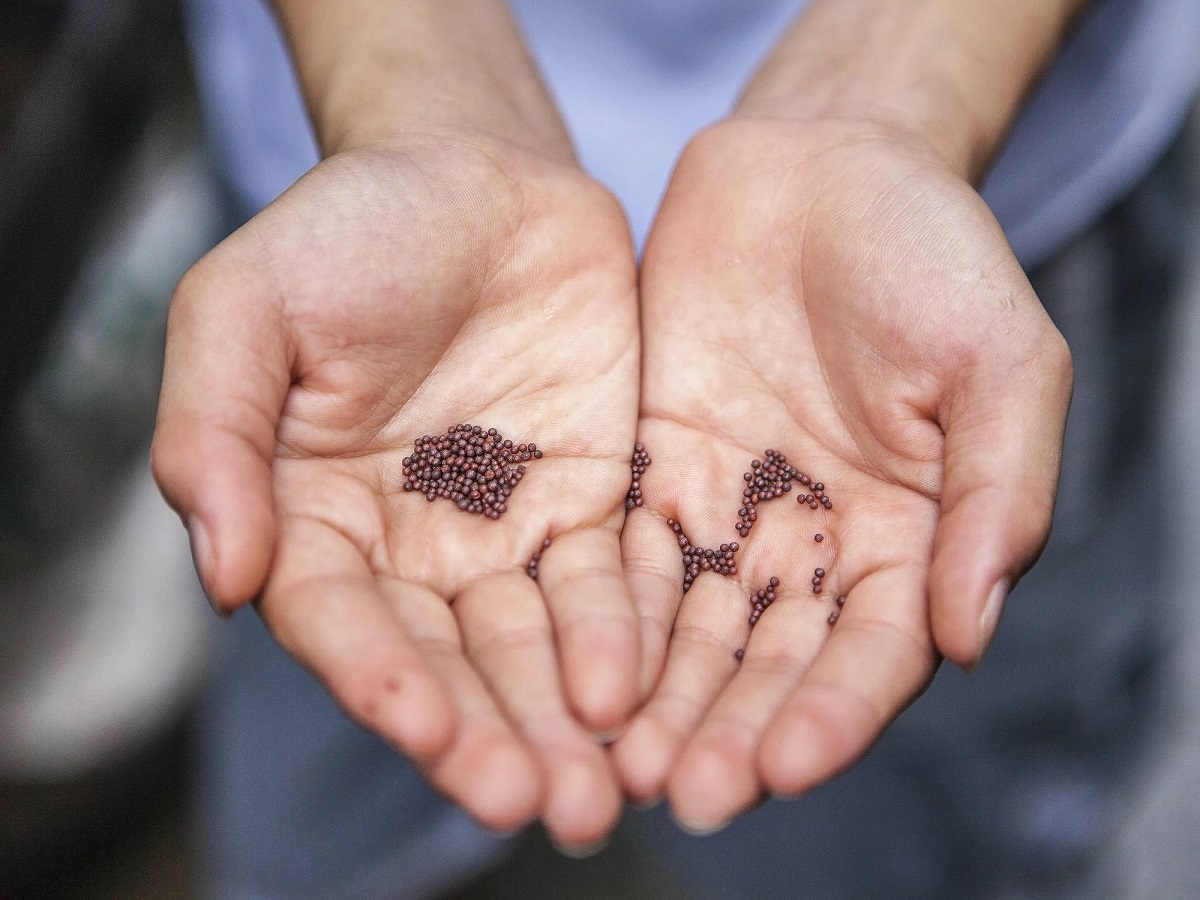
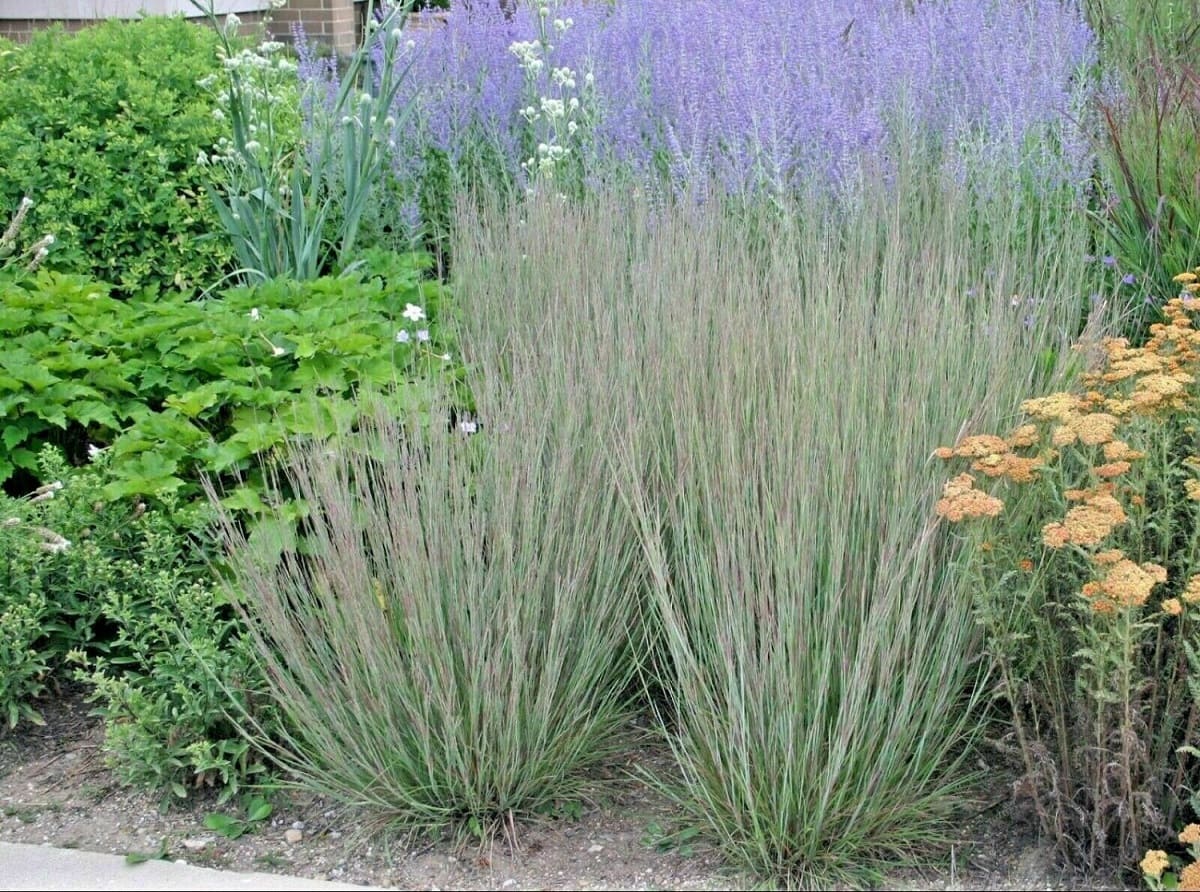
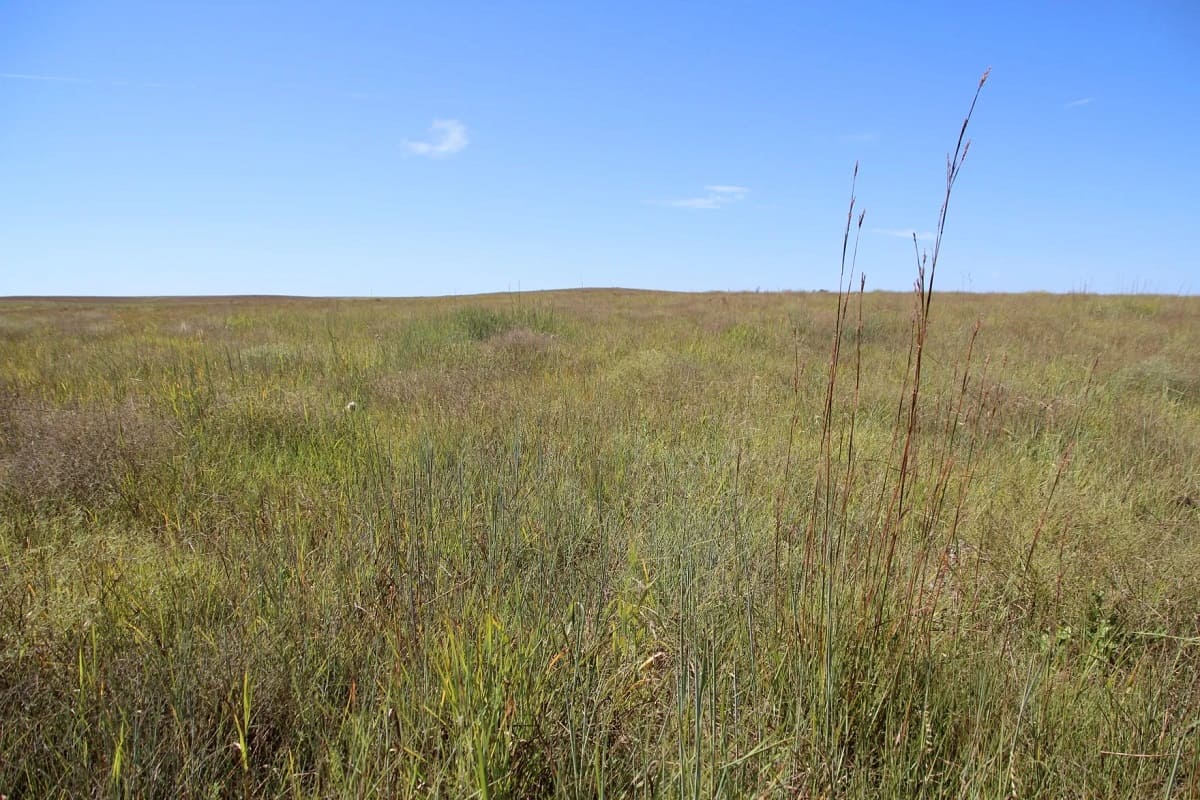

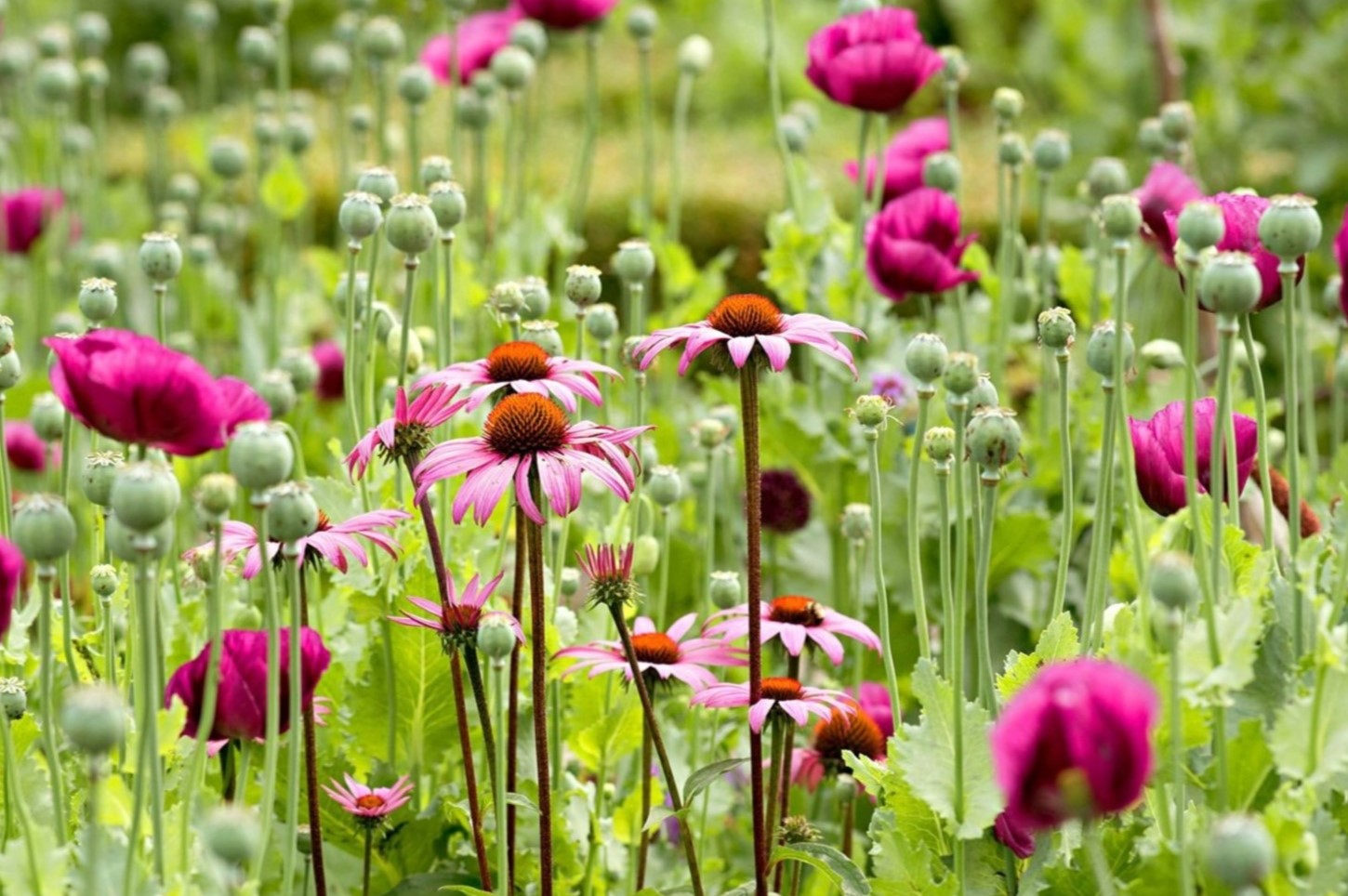
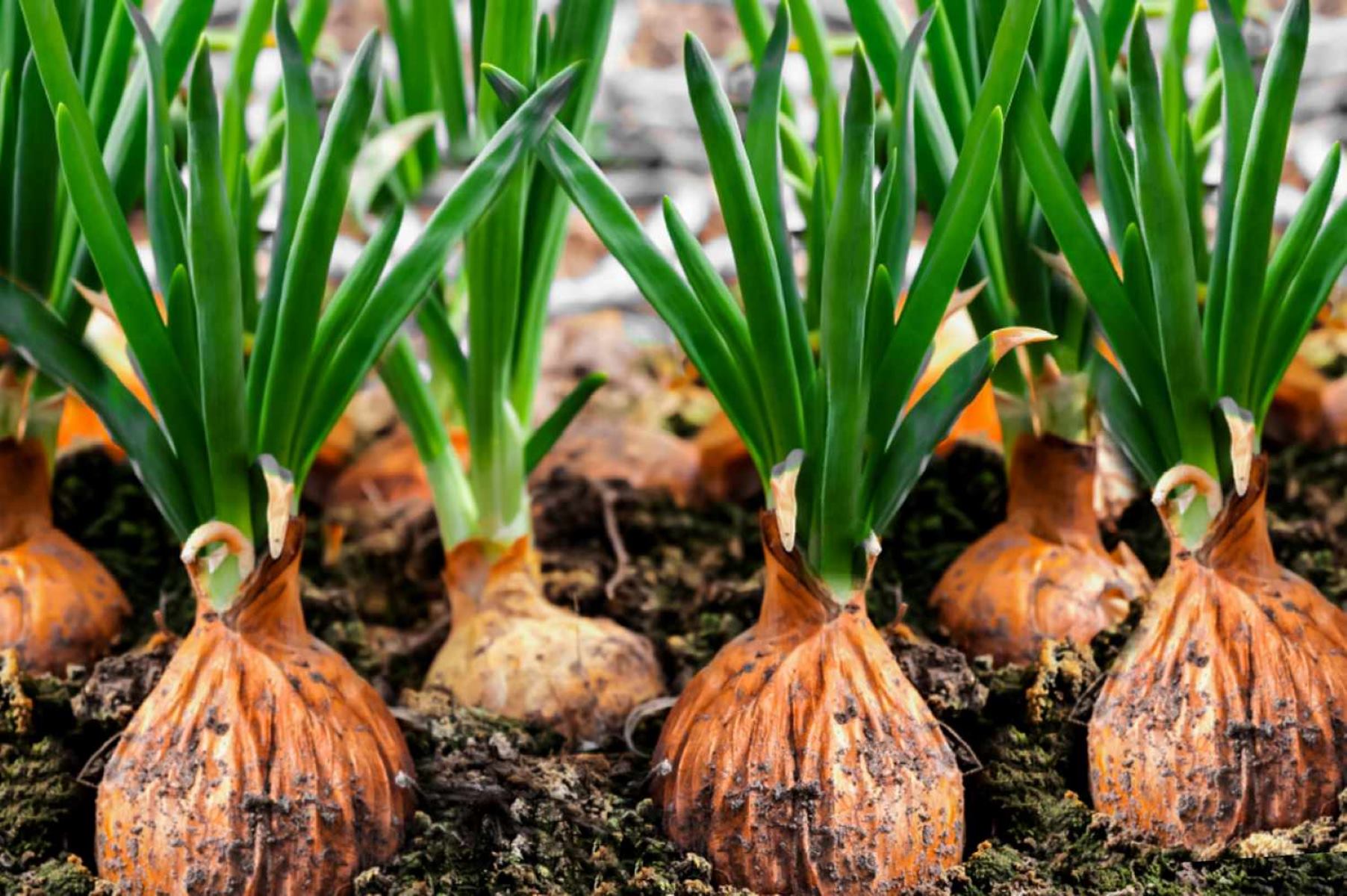
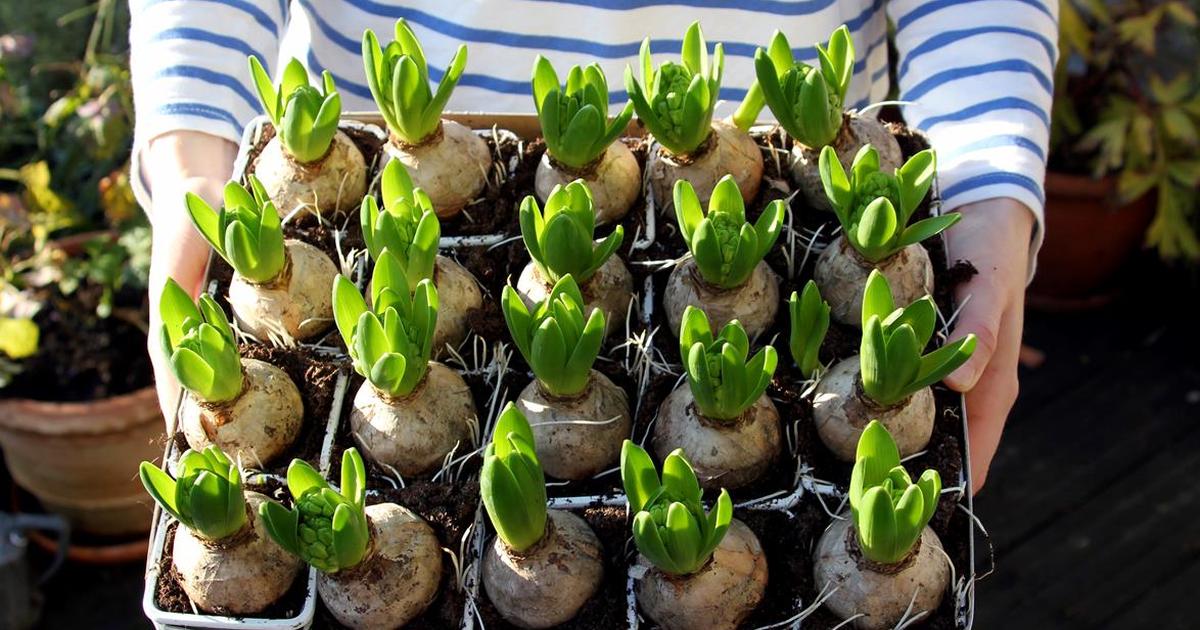
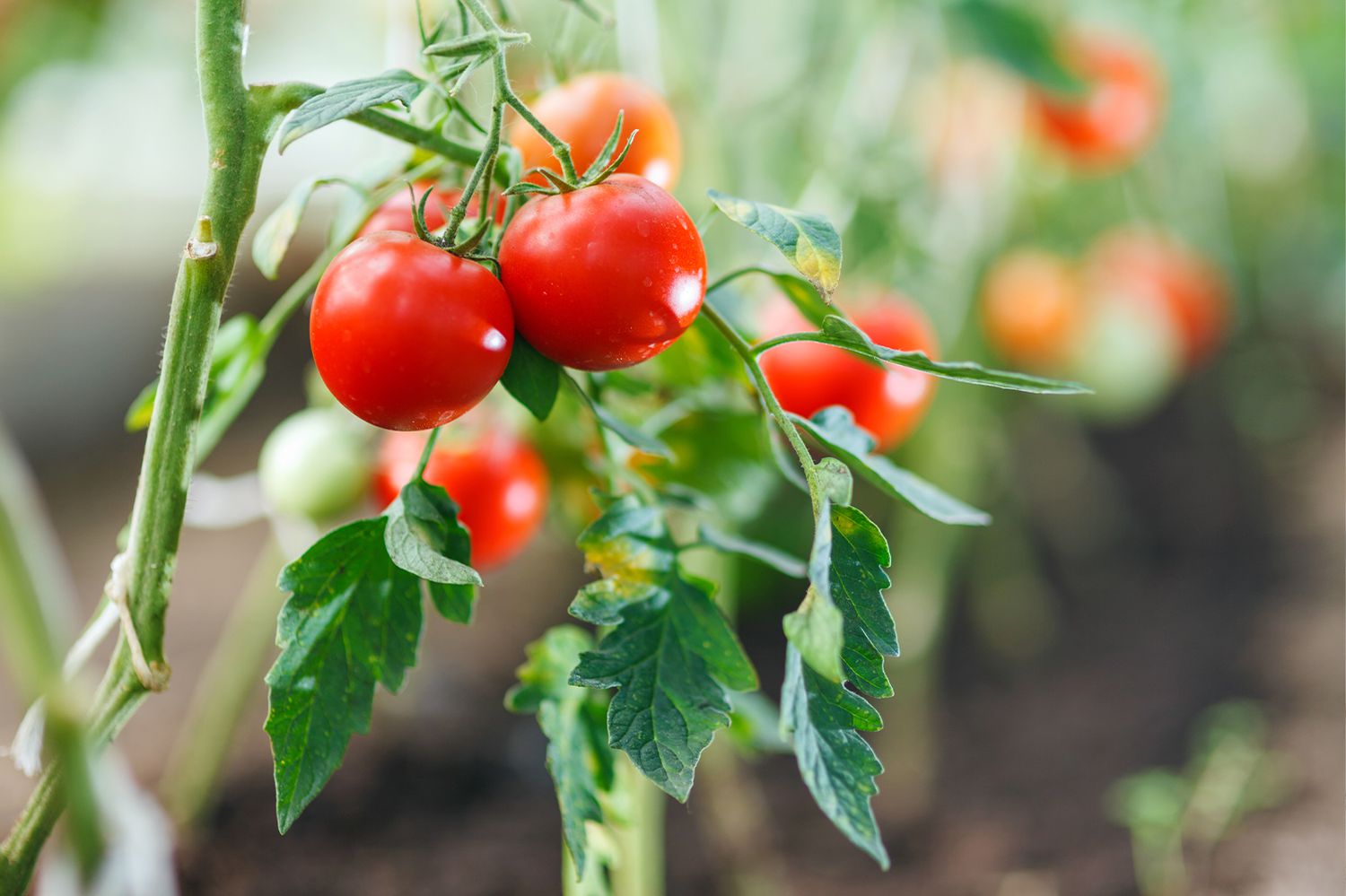

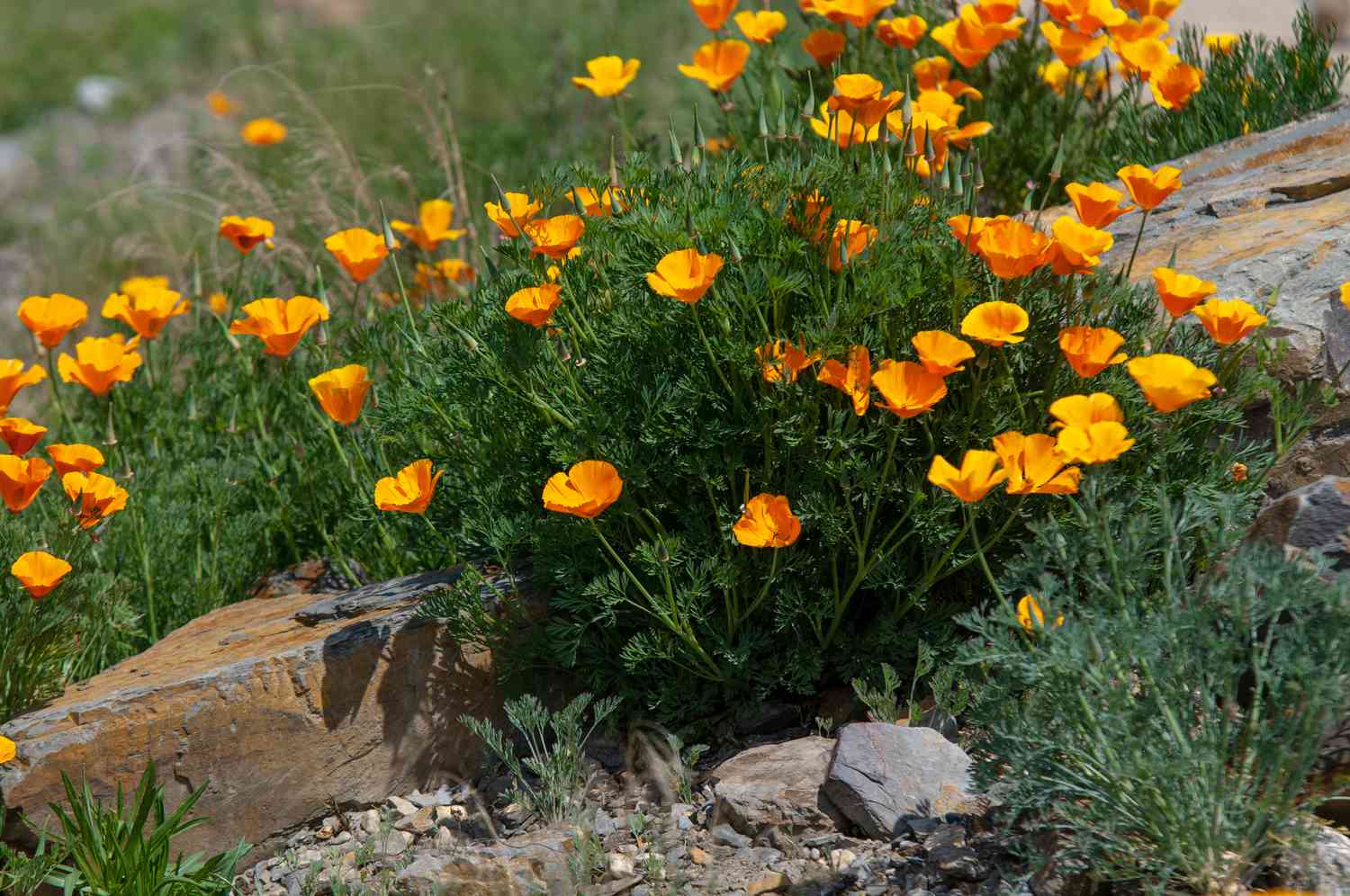
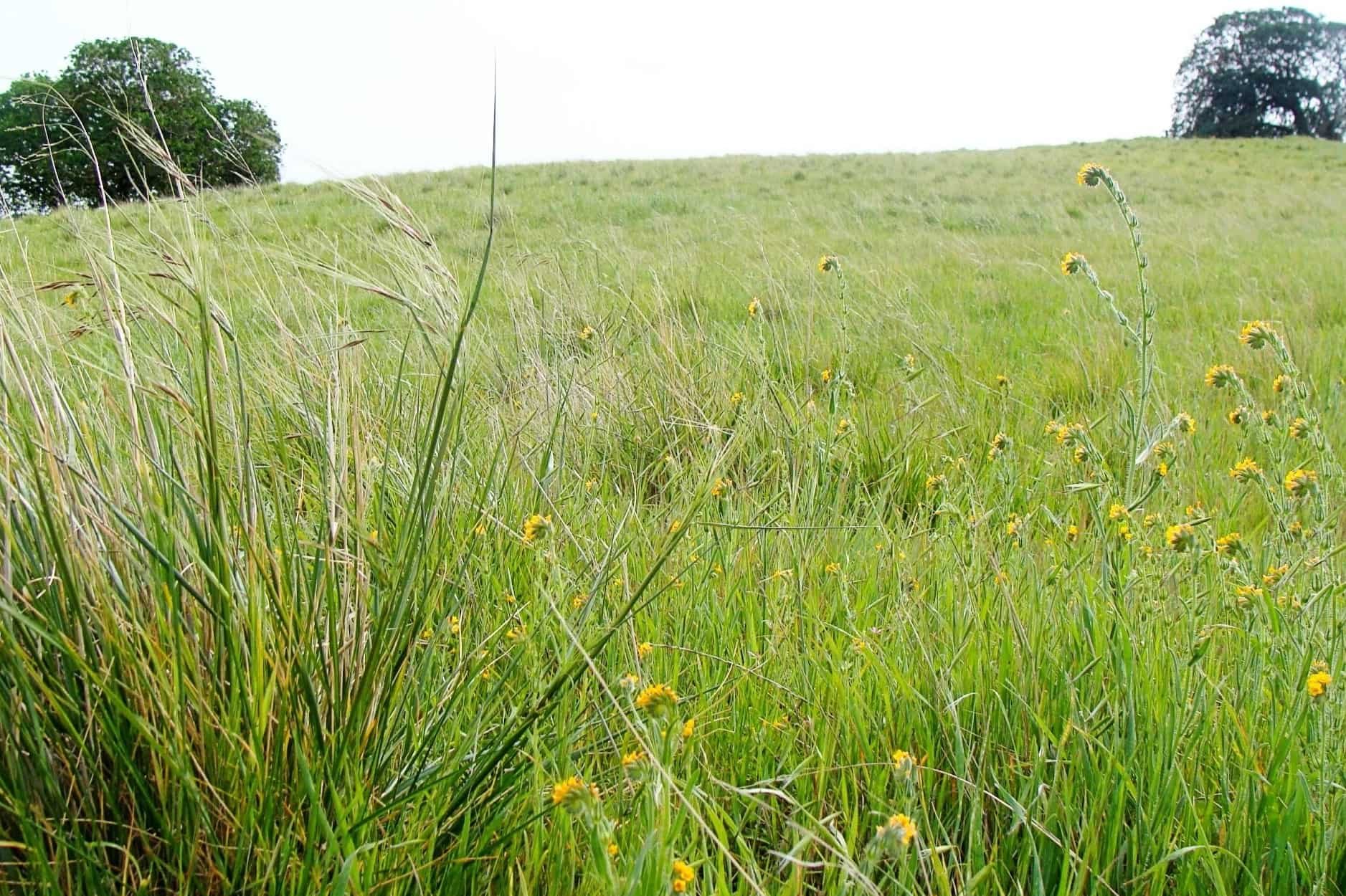

0 thoughts on “When Should I Plant Native Milkweed In California”